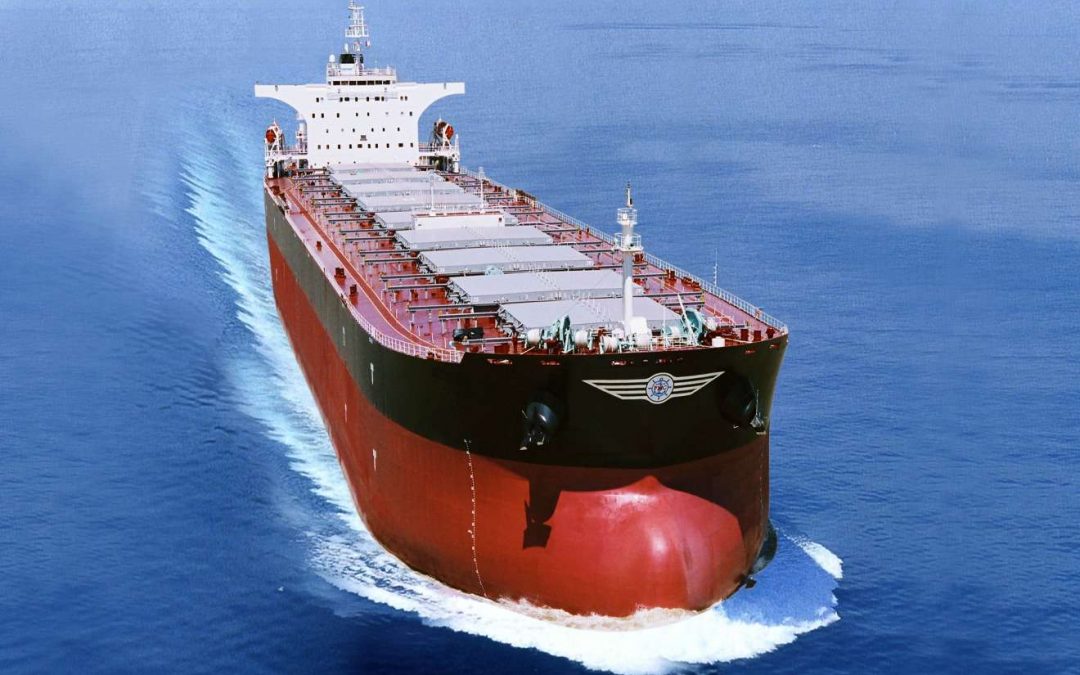Suezmax dirty tanker freight rates for West Africa to UK-Continent voyages rose sharply on the day Oct. 27, amid an uptick in activity levels, strength in adjacent markets and insufficient tonnage to absorb an increasing outstanding cargo list, according to sources.
Platts, part of S&P Global Commodity Insights, assessed wet freight on the 130,000 mt WAF-UKC route at w162.5 on Oct. 27, up w17.5 on the day and up w95 from its Oct. 1 level of w67.5. This is the highest level the WAF-UKC Suezmax market has been at since December 2022.
Just before the end of the Platts Market on Close assessment process on Oct. 27, Eni placed the Vilamoura on subjects for a 130,000 mt cargo loading in Côte d’Ivoire and discharging in the UKC or Mediterranean, off a Nov. 8-9 laycan, at w175.
Then, shortly after the end of the MOC process, Cepsa placed the Front Classic on subjects for a 130,000 mt cargo loading in West Africa and discharging in UKCM, off a Nov. 13-14 laycan, at w177.5.
Since both voyages were fixed using a replacement vessel, sources said these rates represented a significant premium over the market rate for a WAF-UKC voyage.
The two fixtures came as somewhat of a surprise to market participants, who had noted a temporary lull in outstanding Suezmax cargoes on the day, and it appears that both were negotiated privately and only announced to the wider market once finalized.
Bullish fundamentals, unclear short-term outlook.
“The market is going up due to higher activity levels — there are more cargoes out there and simply not enough ships to carry them all,” a Europe-based Suezmax broker said.
Despite the market entering the second decade of the November loading window, the same broker said he expected rates to hold at their current levels, although he thought they were unlikely to rise by too much.
Similarly, a UK-based Suezmax broker said: “I think we’re at the top of the market now — the VLCCs are holding Suezmaxes back and there’s not that much volume left to cover in the second decade.”
Owners will not want to push their luck by demanding excessively high rates from charterers, and will instead look to lock in longer voyages (such as on the WAF-Far East route) while the market is at a high point, the same broker said.
However, other sources also pointed to potential further upside in the market.
“The market is currently very volatile — the current levels could get repeated, but if cargoes need to get fixed with few vessels around then we could really see rates shoot up,” a Europe-based broker said.
Likewise, several sources argued that the WAF VLCC market also had the potential to firm, which could lend support to the recent increases in the Suezmax sector.
Platts assessed freight on the 260,000 mt WAF-East route at w65 on Oct. 27, up w5 from w60 on the previous day and w14 higher than its level of w51 at the start of October.
“It’s been kicking off in the Persian Gulf [VLCC] market — if these activity level continue then we’ll see rates [in WAF] pick up,” a UK-based VLCC broker said.
A second UK-based VLCC broker also attributed recent gains in the WAF VLCC market to strength in the USG Aframax and Brazilian VLCC markets.
Source: Hellenic Shipping News





